Can a pair/group of angles be both complementary AND supplementary?
Explain why or why not.
No, they cannot.
A pair/group of angles cannot both equal 90 degrees and 180 degrees at the same time.
Are these angles complementary or supplementary?
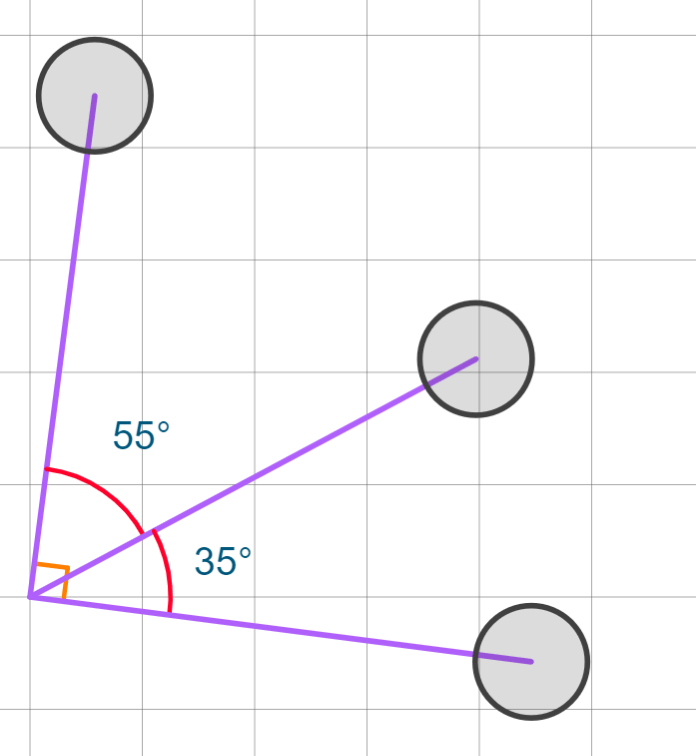
Complementary. They together form a perfect corner, or 90 degrees.
Find the value of angle a.
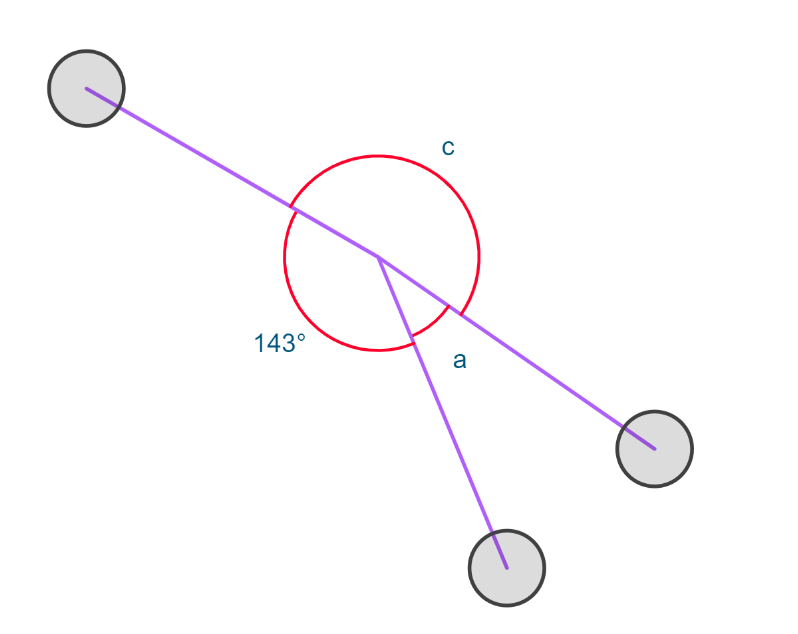
Angle a = 37 degrees.
Can a pair/group of angles be both vertical and supplementary?
Yes, but very rarely.
The only way vertical angles can also be supplementary is when added up they still equal 180 degrees.
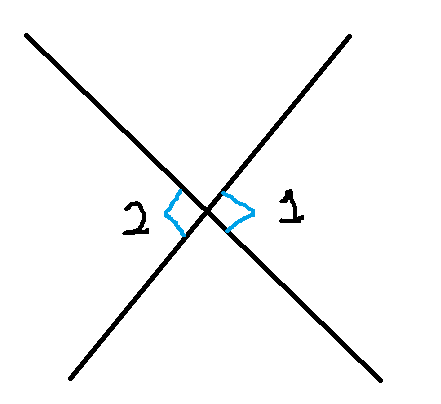
Are angles b and d vertical or adjacent with each other?
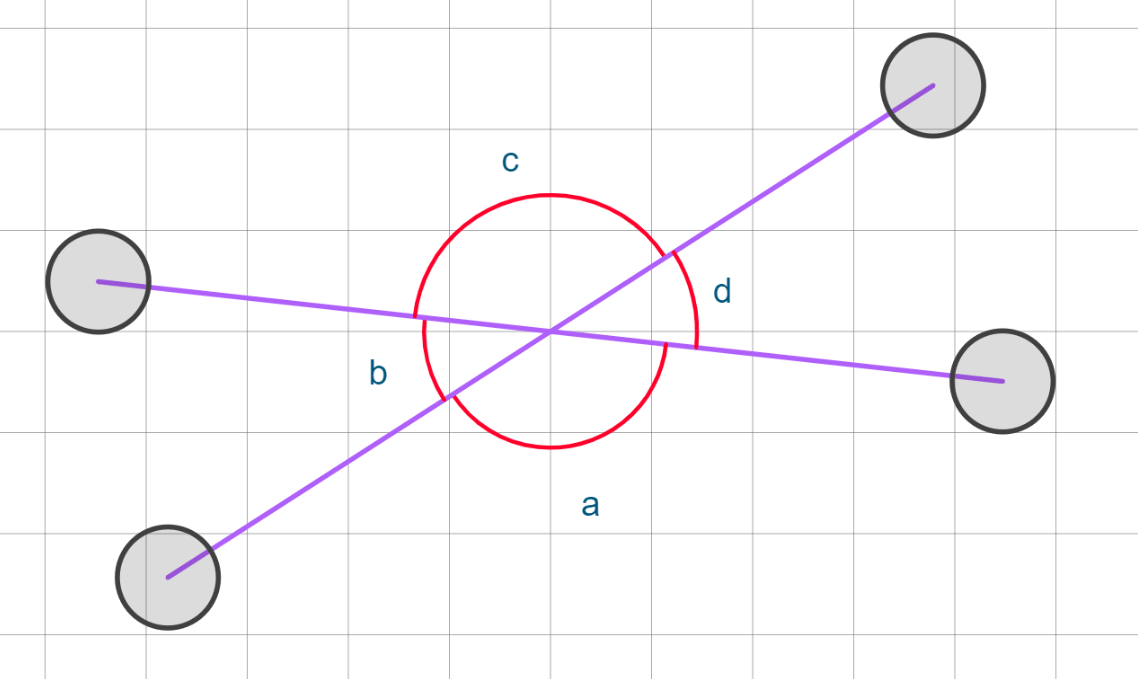
b and d are vertical with each other. They are straight across from each other.
If line segment jl runs perpendicular with line segment kl, how many degrees is angle klj?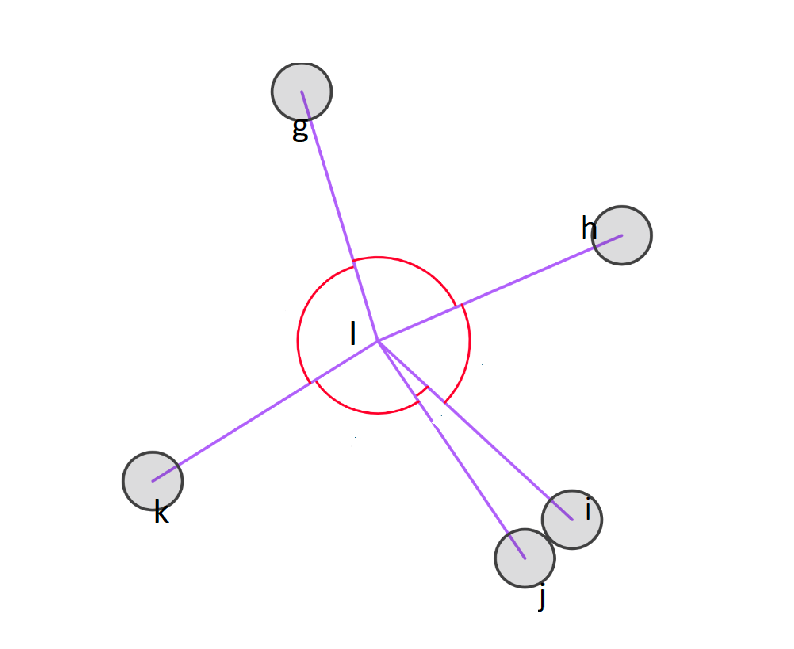
If angles are vertical they are always also...
Congruent. (the same size)
Would the sum of angles c and d be 90 degrees or 180 degrees?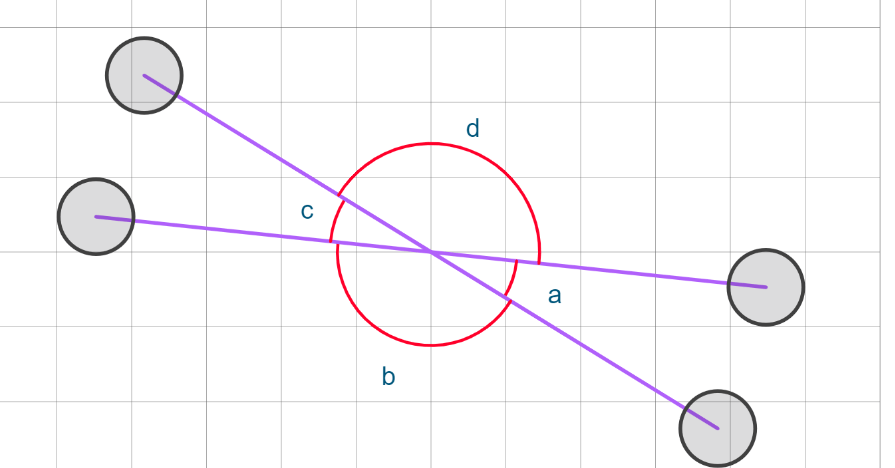
They would equal 180 degrees.
Find the value of just angle c.
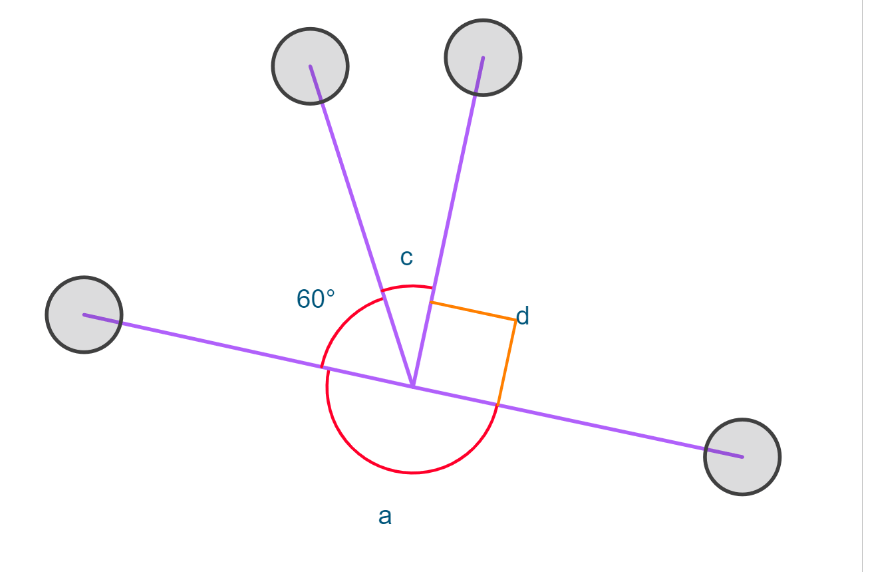
Angle c = 30 degrees.
Can a pair/group of angles be both vertical and adjacent?
Explain why or why not.
No, they cannot.
You cannot have angles be next to each other and across from each other at the same time.
Name all the possible kinds of angles c and d are with each other.
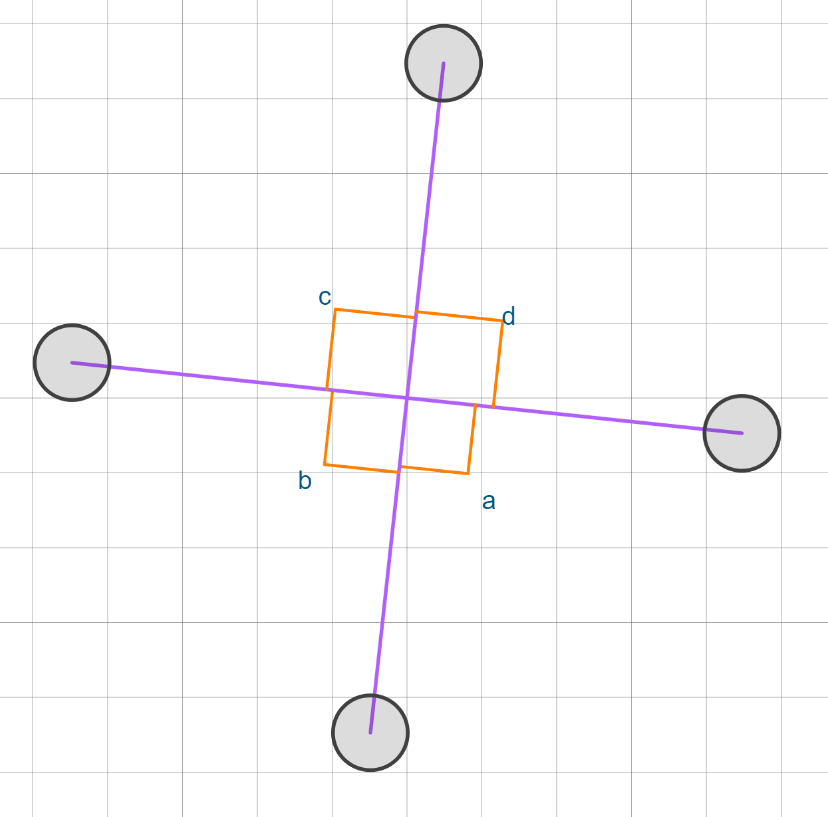
Find the values of both angles e and b.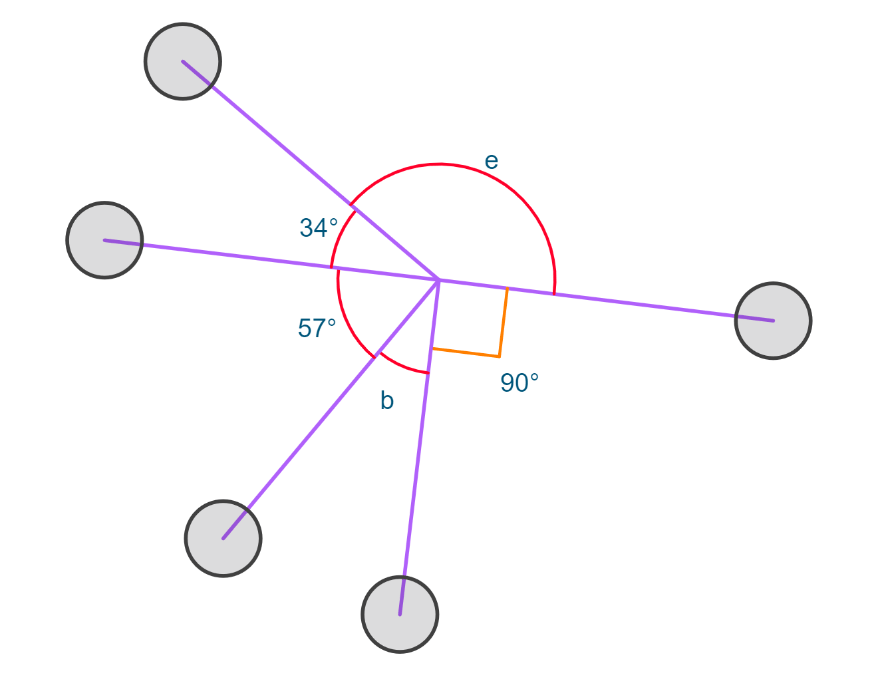
e = 146 degrees.
b = 33 degrees.
Can a group/pair of angles be congruent, complementary, and adjacent?
If yes, prove it be drawing an angle pair that is all of the above.
If no, please explain what cannot be true about this statement.
Yes this can happen.
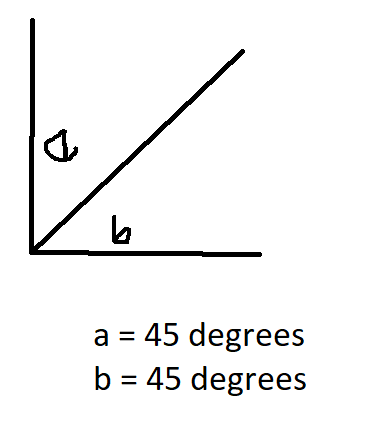
List all of the possible pairing names for angles e and a.
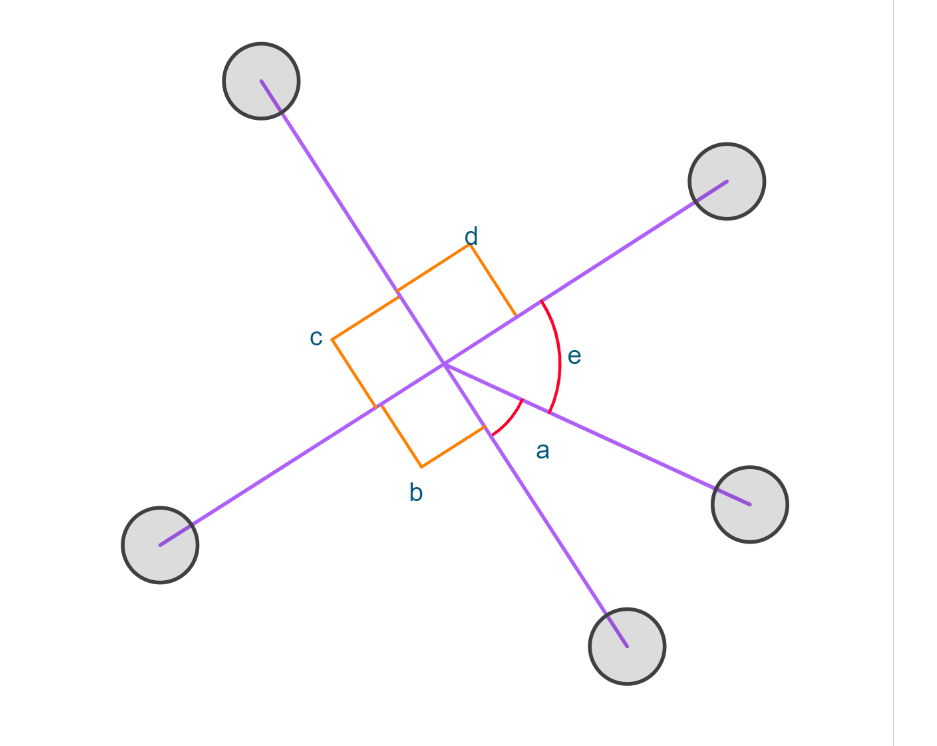
Adjacent and complementary.
Find the values of both angles b and c.
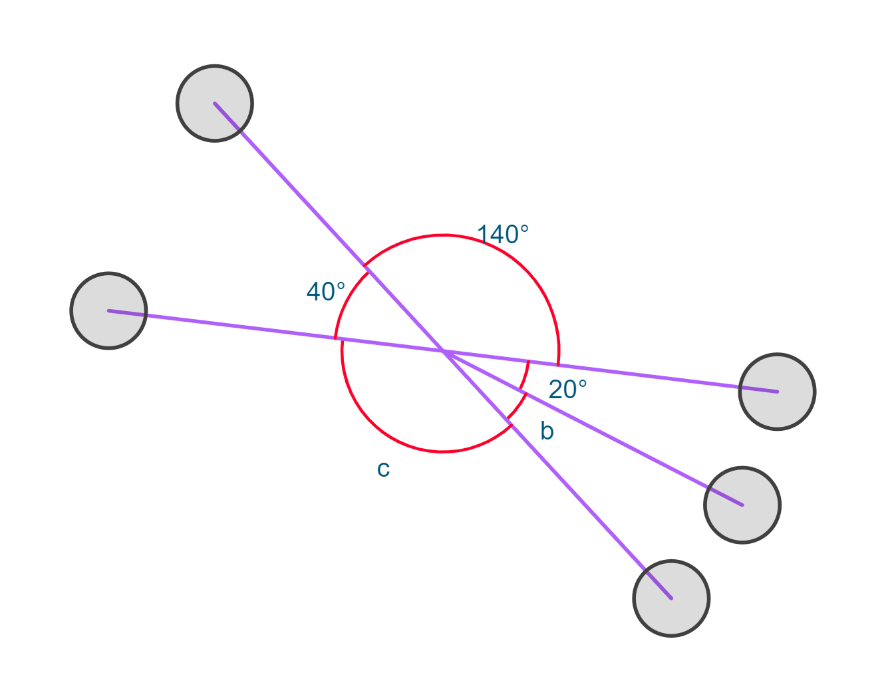
c = 140 degrees.
b = 20 degrees.